How Electric Power Assisted Steering (EPAS) Works, And How It Compares To Hydraulic
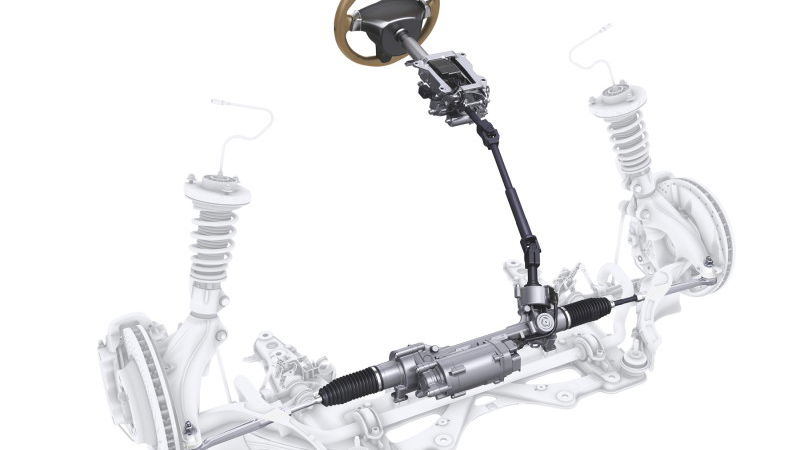
A long time ago, before the days of power steering, a steering rack was one of the most analogue systems on a car. Using a rack and pinion, simple mechanical rotation and pure arm strength was all it took to get the car pointed in your desired direction.
Then, hydraulic power steering came along, cutting strain on biceps everywhere for decades to come. In short, a hydraulic pump is powered by a belt, itself driven by the engine, which then moves a power ram with hydraulic fluid. That’s done to reduce the effort needed to steer the car.
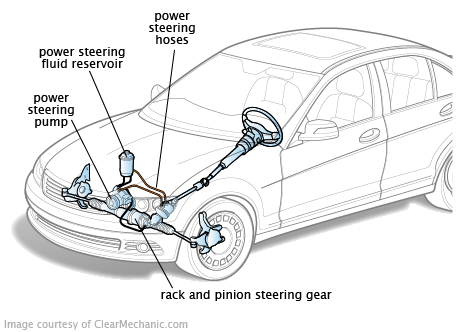
Hydraulic systems aren’t totally extinct on new cars, but electric systems have become more commonplace in recent years. So, how does electric power-assisted steering (often referred to as EPAS) work, and what are the pros and cons? We explain.
How does EPAS work?
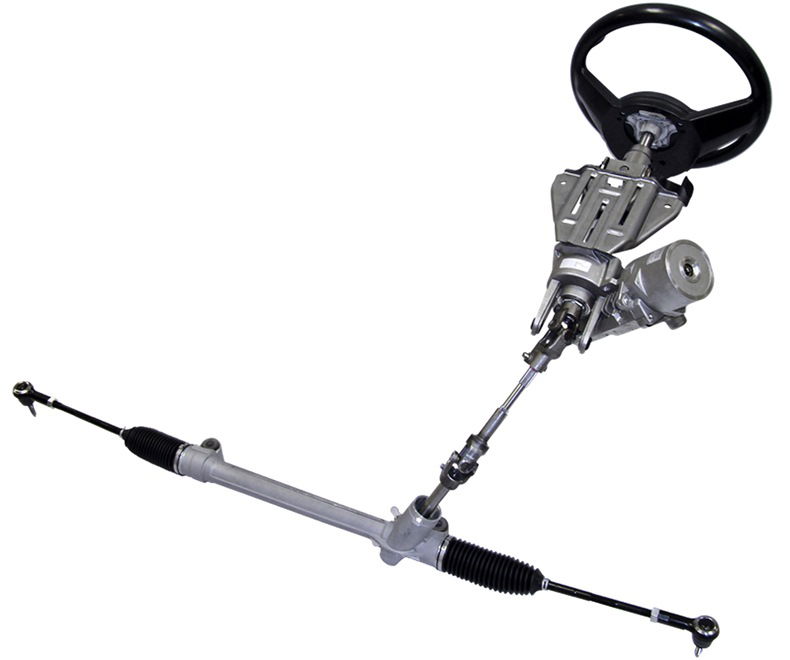
EPAS switches a hydraulic steering pump for electric motors, as seems to be the trend with pretty much any form of mechanised technology in the last decade or so.
Motors are usually placed at the base of the steering column or directly on the rack itself. Sensors then pick up the amount of steering lock being applied, and then add a proportional amount of force to the input.
Think of it a bit like the opposite of a sim racing wheel. Whereas they use electronic motors to add force and weight to a wheel, the ones on an EPAS system aim to reduce the force required to turn a car.
Why use EPAS over a hydraulic system?
Simplicity is the main thing here. Motors and sensors are easier to maintain, generally more reliable and often weigh less than all the bits required to make hydraulic power steering work.
There’s also the benefit of no parasitic losses from the engine. With hydraulic systems taking drive from a belt, an engine will have to sacrifice a little bit of power to make it work. It’s generally minute, but something is worse than nothing.
Are there downsides to EPAS?
As with many modern car technologies, there’s no rational reason for it to be considered a worse system than hydraulic power steering.
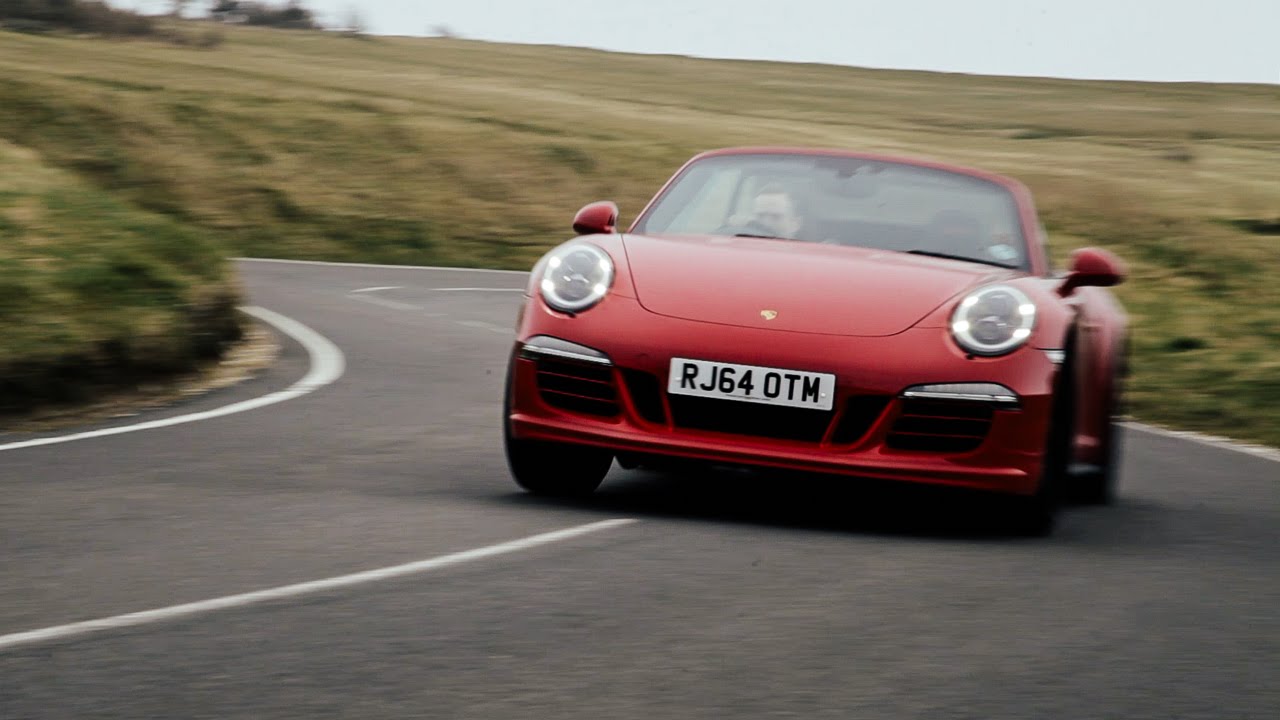
Irrationally, though, for those of us who like driving and enjoy things like feeling what the car is doing, you lose some of that connection. Forces don’t return back through an electronic system in the same way they do a hydraulic one (nor none at all, if we go really far back), and naturally, that means a car generally feels more digital to drive. Not ideal for something like a sports car.
Some manufacturers do a more convincing job than others are returning some of that. Porsche, for example, has done well to bring its EPAS system a bit of life. It really comes down to personal preference, though.
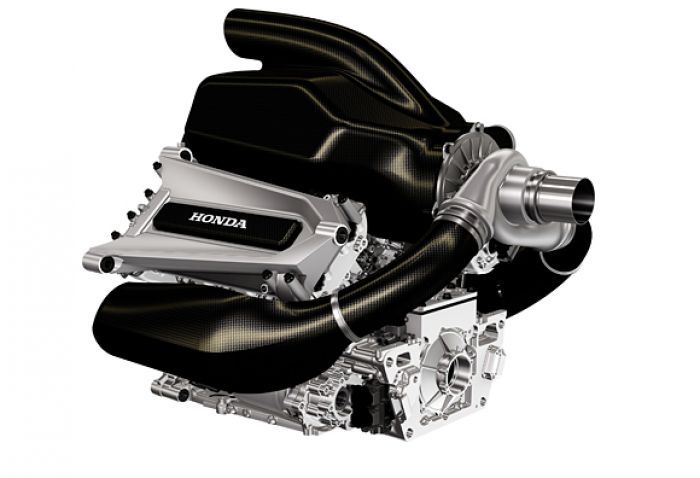

Comments
Can someone please explain why no power steering is better for fast driving/racing? my grandmother laughs at me when I tell her you can “feel” the car better.
AWES0ME LINK TEXT TECH ELECTRICAL …
I drive a Lotus (nuf said) … I now have a rental Renault Megane and it has electric steering. There now feedback at all - none. I’m not joking, let my brother drive it, my father - there is absolutely nothing. Steering is incredibly light, even in sport mode you turn the wheel standing still with one finger easily, not even placing your finger near outside of the wheel. It is dead. Combined that with artificial engine sound and ludicrous button layout of I would kill this car with fire.
Car Throttle seems to give quite a lot of mis-information and this topic is another example. Steering feel in hydraulic PAS has nothing to do with the fact that fluid is a physical entity, it’s to do with the fact that the assistance is applied to the rack as opposed to the column. Some EPAS systems apply the assist to the column and these are horrible. VW, Porsche and many others apply the assistance to the rack itself. I have a Mazda 6 with this arrangement - steering feel and feedback are abundant. I also ran a Passat with VW’s dual pinion electric system. That, too, was superb in every way. Can’t say the same for the rest of the Passat - reliability was pitiful and problems costly to fix.
Pagination